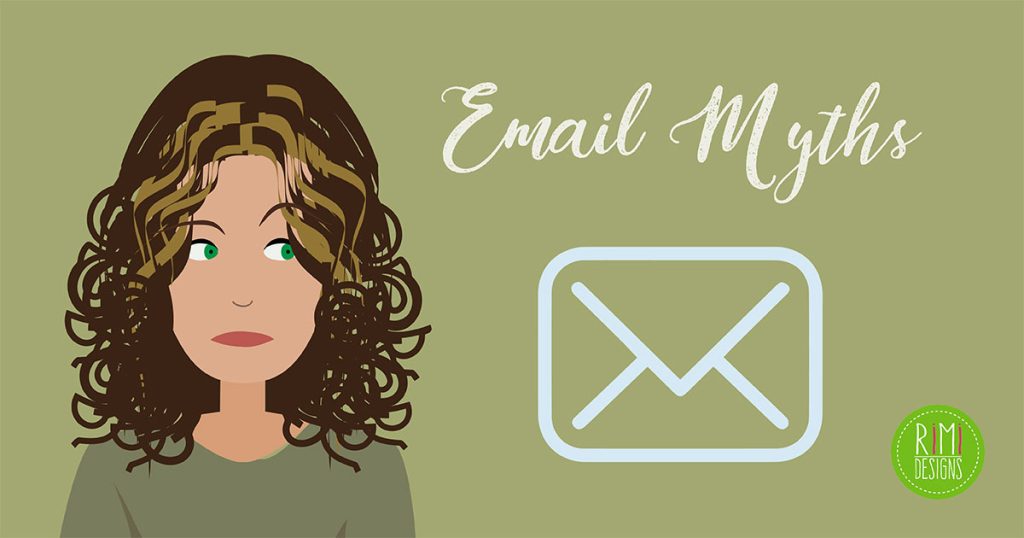
5 Email Myths
Everyone has a different email ritual. Maybe you send emails early in the morning or late at night. Maybe you create insanely long subject lines or extremely short ones. Maybe you CC as many people as possible, in hope of eliciting a response. You stay steadfast in your superstition, but what if you could know for sure what really works?
Yesware, a Boston-based company that tracks email information, studied over 500,000 emails to pick out the true and false email myths.
Myth #1: Monday is the best day to send an email
TRUTH: Sorry, Mondays are still useless.
Yesware found that email reply rates were actually significantly higher on the weekend. That’s likely because people take it slow and have more time to reply. During the week, reply rates were essentially the same every day.
So what’s with the Monday hype? Perhaps because it’s usually the beginning of the work week. People have time to catch up before getting bogged down in other responsibilities and endless email threads.
Days of the week really has no bearing on anything, unless you know for a fact that the person you’re emailing enjoys receiving stuff on Monday more than any other day.
It’s all dependent upon your audience. If you’re sending out emails to a subscriber list, services like MailChimp can help you analyse and deduce your best sending times.
Myth #2: Emails get faster responses in the morning
TRUTH: Well…sort of.
Emails sent between 6 a.m. and 7 a.m. were found to have quick responses. However, so were emails sent in the evening, around 8 p.m.
About 40% of emails sent around those times received a response. Again, knowing your audience can greatly impact what time you decide to send that email.
Myth #3: Subject lines should be short
TRUTH: It actually doesn’t seem to matter.
The subject line is kind of like a headline; it reels the reader in. However, Yesware data shows that length of the subject line didn’t have an actual impact on open or reply rate. That doesn’t mean your subject line should be a novel; short and sweet is a saying for a reason.
If you’re looking for strategic keywords, Yesware found that “steps”, “campaign” and “next” had the highest open and reply rates. On the opposite end, the worst words to put in a subject line are “calendar” and “online”. Stop emailing everyone your online calendar. They’re apparently not interested.
Myth #4: Adding multiple recipients gets faster responses
TRUTH: That’s not going to work. Instead, use that “CC” option.
Resist the urge to bog down the recipient field. Just because you send your email to more people, doesn’t mean you’ll get more responses. Instead, Yesware’s data shows that putting one person in the “To” recipient field and CCing other recipients, gets a 10% higher reply rate. When you do that, the one person is more obligated to respond, because they’re the top recipient. Give a bunch of people that responsibility and they’ll shrug it off on the next person.
It’s like a less urgent version of the bystander effect. When faced with a situation around other people, you just stand by, expecting someone else to do something.
Myth #5: Send emails today, get responses tomorrow
TRUTH: Nope, you should be getting a response within 24 hours.
Yesware found that 90% of emails that ever get replies get one on the same day. After, a response is increasingly less likely. But don’t despair. Following up to an email yields a 21% chance of getting a reply.
So what do you say in a follow up? It depends on who is on the receiving end. If you’re following up to a cold email, make sure you’re always following up within the thread. Sending a new email gives the other person too much work. Then, keep it brief.
SOURCE: Mashable



